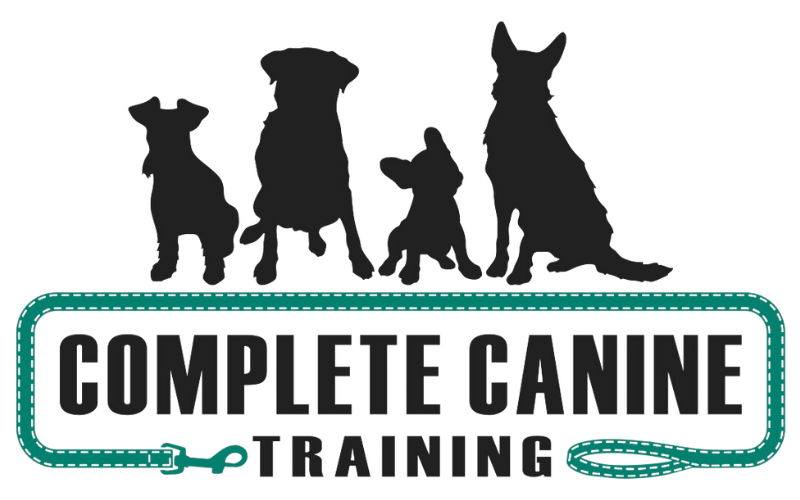Muzzle training is a valuable skill for dog owners that can provide safety and peace of mind in various situations. Whether for veterinary visits, grooming appointments, or navigating a particularly stressful situation, muzzle training dogs is a responsible and proactive measure that can benefit both dogs and their owners. In this blog post, we'll explore the benefits of muzzle training, along with practical tips and techniques to help you successfully introduce your dog to wearing a muzzle.
Benefits of Muzzle Training:
Safety: Muzzles provide a safety barrier to prevent biting or nipping in situations where a dog may feel anxious, fearful, or threatened. They protect both the dog and others from potential harm, especially during stressful or unfamiliar situations.
Reduced Stress: Muzzle training helps desensitize dogs to wearing a muzzle, reducing stress and anxiety associated with its use. When properly introduced, dogs can learn to associate the muzzle with positive experiences.
Medical Procedures: Muzzles are often necessary for medical procedures, such as examinations, blood draws, or minor surgeries. Muzzle training prepares dogs to accept wearing a muzzle during veterinary visits, making the experience less stressful for the dog and safer for the veterinary staff.
Behavior Management: Muzzles can be useful tools for managing reactive behavior, such as lunging or growling, during walks or encounters with other dogs. They provide an insurance policy in the unfortunate event that the dog breaks free or comes in contact with a dog or human while working on behavior modification with a professional trainer.
Tips for Muzzle Training Dogs:
Choose the Right Muzzle: Select a muzzle that fits your dog comfortably and allows them to pant, drink water, and take treats. There are various types of muzzles available, including basket muzzles, soft muzzles, and sleeve muzzles, so choose one that suits your dog's needs and preferences.
Positive Association: Introduce the muzzle gradually and associate it with positive experiences, such as treats, praise, and playtime. Start by letting your dog sniff and investigate the muzzle, then gradually work up to wearing it for short periods while offering rewards.
Desensitization and Counterconditioning: Use desensitization and counterconditioning techniques to help your dog become comfortable with wearing the muzzle. Pair the sight or touch of the muzzle with something your dog loves, such as their favorite treats or toys, to create positive associations.
Practice: Muzzle training takes time and patience, so be prepared to progress at your dog's pace. Break training sessions into short, manageable steps, and always end on a positive note. Consistency and repetition are key to success.
Seek Professional Help if Needed: If your dog is resistant or fearful of wearing a muzzle, consider seeking guidance from a professional dog trainer or behaviorist. They can provide personalized advice and assistance to help you overcome any challenges you may encounter.
By introducing the muzzle gradually and creating a positive association, you can help your dog become comfortable and confident wearing a muzzle. Remember to be patient and consistent throughout the training process, and always prioritize your dog's safety and well-being.



